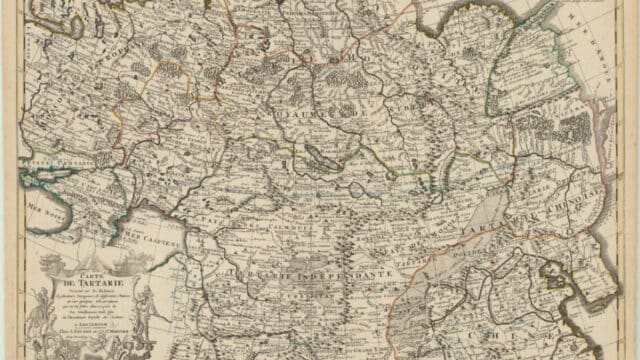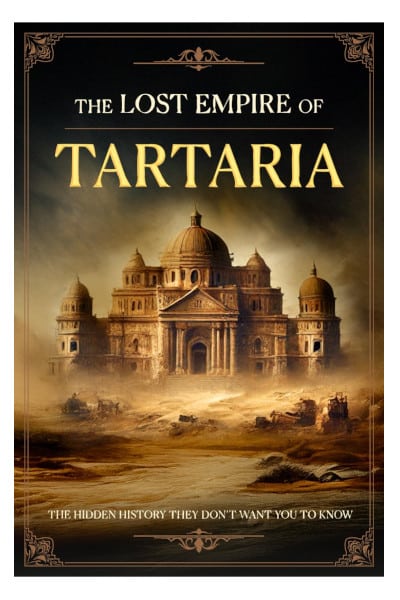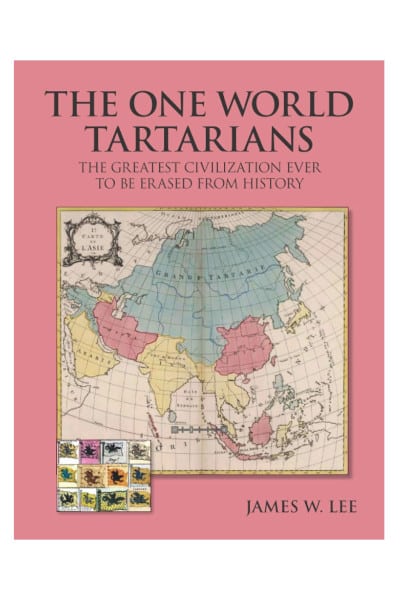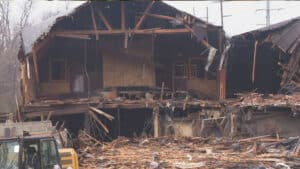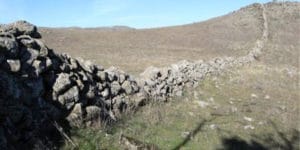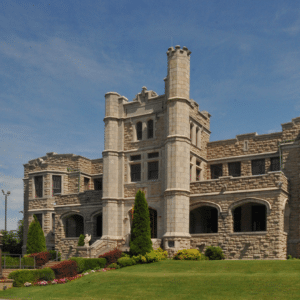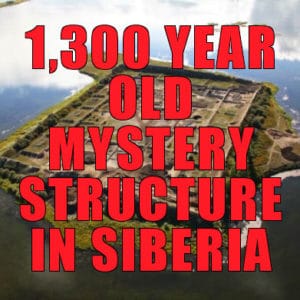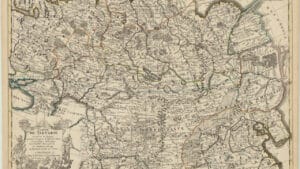
A chilling wind sweeps across the steppe. Ancient maps, yellowed and fragile, hint at a forgotten empire: Tartaria. Or so the story goes. Across online forums and social media, a growing number of enthusiasts claim Tartaria was a sprawling, advanced civilization deliberately wiped from history—or buried under mysterious mud. But what is Tartaria? Is it a lost chapter of human history or a modern myth born from speculation? Let’s explore the origins, theories, and skepticism surrounding this enigmatic idea, maintaining a neutral lens to uncover what lies beneath.
Key Takeaways
- Tartaria is a popular conspiracy theory claiming a vast, advanced empire was erased from history.
- Theories suggest intentional suppression or a catastrophic mud flood hid Tartaria’s existence.
- Historical evidence for Tartaria is limited, with mainstream scholars attributing references to unrelated regions.
- Skeptics argue Tartaria’s narrative stems from misinterpretations of maps and architecture.
Origins of the Tartaria Narrative
The concept of Tartaria stems from historical references to “Tartary,” a term found on maps from the 16th to 19th centuries. These maps, often ornate and imprecise, labeled vast regions of Central Asia, Siberia, and parts of Eastern Europe as “Tartary.” According to the Encyclopaedia Britannica, Tartary was a catch-all term used by European cartographers to describe poorly understood territories inhabited by nomadic tribes, including Mongols and Turkic peoples. It was never a unified empire but a vague geographic label.
In the 21st century, Tartaria evolved into a conspiracy theory. Proponents, active on platforms like Reddit and YouTube, argue Tartaria was a sophisticated global civilization with advanced technology and architecture. They point to grand buildings—like 19th-century expositions or ornate city halls—as remnants of Tartarian culture, misattributed to later societies. Per a 2021 post by @TartariaTruth on X, “Tartaria’s legacy hides in plain sight, in the world’s unexplained architecture.” Yet, mainstream historians find no evidence of a cohesive Tartarian empire beyond the loose historical term.
Theory 1: Intentional Erasure from History
One prominent theory claims Tartaria was deliberately erased by powerful forces. Supporters argue that global elites, possibly during the 19th century, rewrote history to suppress Tartaria’s existence. Why? To conceal its technological advancements or to consolidate power. A 2020 YouTube video by creator “MudFloodHistory,” with over 500,000 views, alleges that historical records were altered, and Tartarian artifacts were destroyed during events like the burning of libraries or world fairs.
Proponents cite inconsistencies in historical narratives, such as the rapid construction of elaborate buildings in the 1800s, which they claim required advanced Tartarian knowledge. For example, the 1893 Chicago World’s Fair, with its grand “White City” architecture, is often called a Tartarian relic, dismantled to hide its origins. Per an X post by @HiddenHistory22 in 2023, “Why were fair buildings torn down so fast? To erase Tartaria’s truth.”
Skeptics counter that this theory lacks credible evidence. Dr. James Smith, a historian at Oxford University, told Discover Magazine in 2022, “Tartary was a cartographic convenience, not an empire. Claims of erasure ignore the well-documented history of these regions.” The Chicago fair’s buildings, per primary sources like the Chicago Tribune archives, were temporary structures made of plaster and wood, designed for quick assembly and removal. No verified records support a coordinated effort to erase a Tartarian civilization.
Theory 2: The Mud Flood Cover-Up
Another intriguing theory suggests Tartaria was buried by a catastrophic “mud flood” in the 19th century. Advocates point to photographs of partially submerged buildings or excavated city streets, claiming these show evidence of a sudden deluge that buried Tartarian cities. A 2019 Reddit thread on r/Tartaria, with 10,000 upvotes, shared images of 1800s buildings with windows half-buried, captioned, “Mud flood reset: Tartaria’s end.” Some tie this to a global cataclysm, possibly linked to climate shifts or cosmic events.
Supporters also highlight “star fort” architecture—geometric fortifications found worldwide—as Tartarian, allegedly buried by mud to obscure their purpose. Per @StarFortMystery on X in 2024, “Star forts powered Tartaria’s energy grid, hidden by floods.” These claims often draw on pseudo-scientific ideas, like electromagnetic energy systems predating modern technology.
Skeptics argue these phenomena have simpler explanations. Geologist Dr. Emily Carter, in a 2023 National Geographic article, explained that partially buried buildings result from urban development, where streets were raised to manage flooding or improve infrastructure. Star forts, per military historian John Keegan’s 1993 book A History of Warfare, were defensive structures built by European powers, not evidence of a lost empire. No geological records confirm a global mud flood in recent history.
Cultural and Historical Context
The Tartaria theory resonates in an era of distrust in institutions. Its rise parallels other alternative histories, like those surrounding Atlantis or ancient astronauts, reflecting a desire to uncover hidden truths. The theory gained traction during the early 2010s, fueled by internet communities and the accessibility of digitized historical maps. A 2022 study by the Journal of Digital Humanities noted that conspiracy theories like Tartaria thrive in online echo chambers, where unverified claims amplify curiosity.
Historically, the regions labeled “Tartary” were home to diverse cultures, from the Mongol Empire to Russian principalities. These societies left records—such as the Secret History of the Mongols—that detail their governance and conflicts, none mentioning a unified Tartarian state. The theory’s appeal, however, lies in its narrative of a lost golden age, echoing myths across cultures, from the biblical Eden to the Hindu Satya Yuga.
Skeptical Perspectives
Mainstream scholars dismiss Tartaria as a misunderstanding of historical data. Cartographic errors, like exaggerated depictions of Tartary, were common before modern surveying, per a 2019 study in Cartographic Journal. The grand architecture attributed to Tartaria aligns with known styles, like Beaux-Arts, driven by the Industrial Revolution’s resources. Dr. Sarah Thompson, an architectural historian, told BBC History in 2021, “These buildings reflect 19th-century ambition, not a lost empire.”
Skeptics also note the theory’s reliance on unverified sources. Many Tartaria claims originate from self-published books or social media, lacking peer-reviewed support. The mud flood hypothesis, for instance, contradicts geological timelines, which show no evidence of a global deluge post-Ice Age. Still, proponents argue that skepticism itself may reflect institutional bias, a point that fuels the theory’s persistence.
Conclusion: A Tale of Curiosity and Doubt
The Tartaria narrative captivates because it challenges official history. Its theories—intentional erasure or a mud flood catastrophe—offer a thrilling lens on the past, yet they remain unproven. Historical records, from maps to archives, paint Tartary as a loose term, not an empire. Skeptics provide grounded explanations, but the allure of a hidden civilization endures.
What drives belief in Tartaria? Perhaps it’s the human need to question, to imagine a world beyond what we’re told. Have you encountered strange architecture or old maps that sparked wonder? Share your thoughts.

